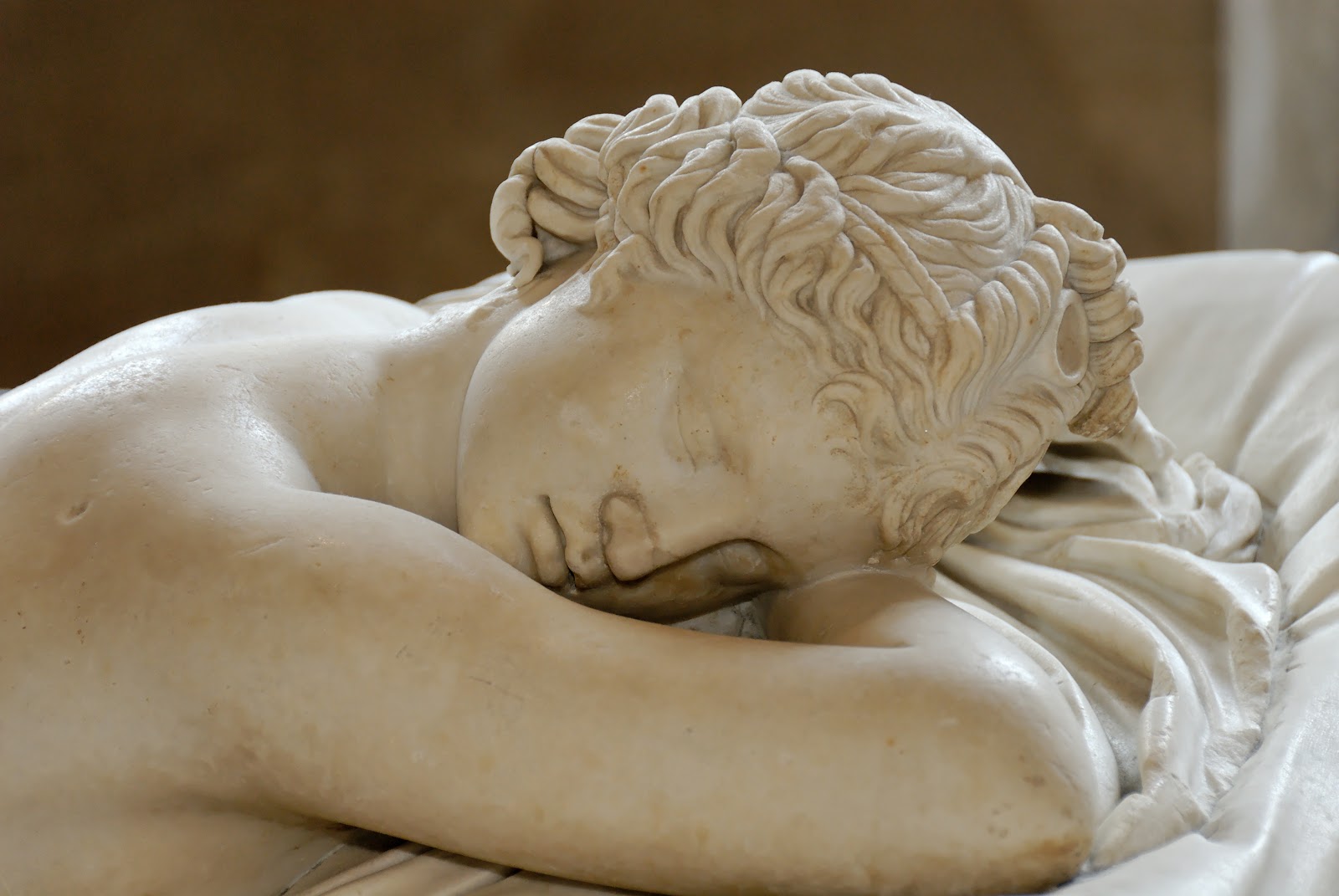The Marathon Boy or Ephebe of Marathon is a Greek bronze sculpture found in the Aegean Sea in the bay of Marathon in 1925.
It is conserved in the National Archaeological Museum of Athens where it is dated to around 340-330 BC.
The Museum suggests that the subject is the winner of an athletic competition.
















